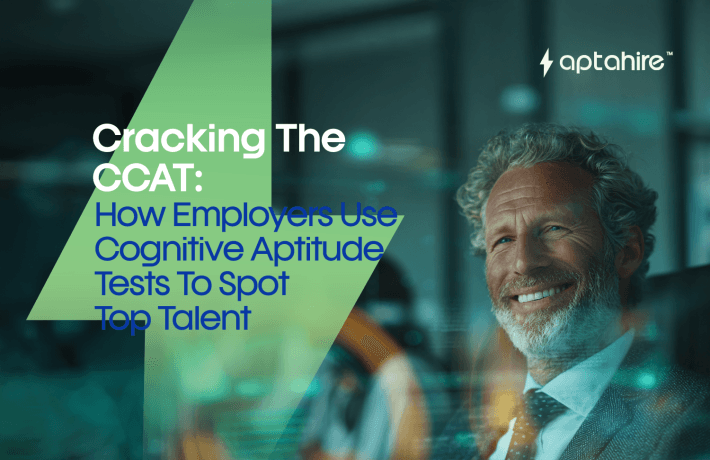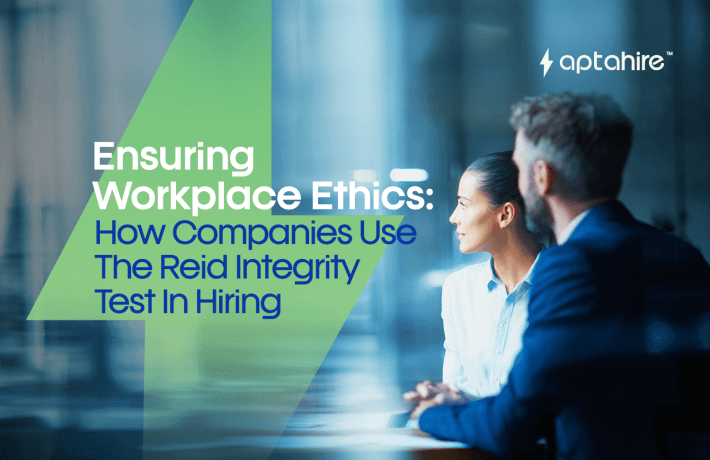Exploring the Power of Convolutional Neural Networks (CNNs) in Facial Expression and Emotion Detection for AI Hiring

In a world where virtual interviews are rapidly replacing traditional face-to-face interactions, hiring managers are facing an age-old dilemma in a new format: how do you read between the lines when the conversation is screen-bound? Enter facial expression and emotion detection powered by Convolutional Neural Networks (CNNs), a groundbreaking innovation reshaping the way we assess candidates in AI-driven hiring environments.
This blog is your deep dive into how CNNs power emotion detection, why it matters in the hiring process, and what it means for the future of recruitment. Let’s break it all down in a human way.
What Are CNNs, Really?
Convolutional Neural Networks (CNNs) are a subset of deep learning models that are particularly good at analyzing visual imagery. Think of them as AI systems with a keen eye for detail. CNNs can spot patterns in pixels that humans may not consciously recognize.
At their core, CNNs work by:
- Scanning input images in small patches (called kernels or filters)
- Detecting features such as edges, textures, or shapes
- Building complex understanding from simple features (like combining a smile curve with lifted cheeks to detect happiness)
They excel in areas like:
- Image classification
- Facial recognition
- Object detection
- Medical imaging
- And most recently: Facial expression & emotion detection
Why Emotions Matter in Hiring
Imagine you’re conducting a virtual interview. The candidate says all the right things, but something feels off. They’re answering too quickly. Their voice is confident, but their facial muscles are tight. Are they stressed? Over-rehearsed? Disengaged?
Emotions offer an extra layer of context. In physical interviews, you naturally read these cues. In virtual hiring, they often get lost. That’s where AI with emotion-detection capabilities fills the gap.
Facial expression analysis can help:
- Understand a candidate’s genuine reactions
- Detect inconsistencies between verbal and non-verbal communication
- Gauge confidence, anxiety, curiosity, or authenticity
- Identify moments of high engagement or discomfort
But all of this has to be done ethically, transparently, and with human oversight.
How CNNs Detect Facial Emotions Step by Step
Let’s demystify the process. Here’s what happens when CNNs analyze a candidate’s facial expressions:
1. Face Detection
Before recognizing emotions, the system must first detect the face in a video frame. Tools like OpenCV or MTCNN (Multi-task Cascaded Convolutional Neural Network) help identify facial regions.
2. Facial Landmark Mapping
Once the face is located, the system identifies key facial landmarks: corners of the eyes, mouth, nose, eyebrows, jawline, etc. These landmarks are critical for capturing micro-expressions and facial shifts.
3. Feature Extraction Using CNN Layers
This is where CNNs shine. The network processes the image through several convolutional layers to extract features:
- Low-level features: edges, curves, textures
- High-level features: eye movement, brow furrows, lip shapes
CNNs learn which features correspond to which emotions by training on massive datasets like:
- FER2013 (Facial Expression Recognition)
- AffectNet
- CK+ (Extended Cohn-Kanade dataset)
4. Classification of Emotions
Finally, based on the features extracted, the system classifies the expression into categories such as:
- Happy
- Sad
- Angry
- Surprised
- Disgusted
- Fearful
- Neutral
Each emotion can be given a confidence score (e.g., 83% happy, 12% neutral).
Real-World Applications in AI Hiring
1. Interview Performance Analysis
AI platforms use CNN-powered emotion detection to highlight candidate responses that show confidence, uncertainty, or stress. Recruiters can revisit these moments to better understand the candidate’s behavior.
2. Authenticity & Sincerity Checks
AI can flag mismatched cues, say, a candidate claims they are excited about the role, but their face shows indifference or discomfort.
3. Improving Candidate Experience
Some platforms offer feedback to candidates post-interview: “You appeared stressed when asked about team leadership. Practice more to build confidence.”
4. Data-Driven Shortlisting
Combined with voice tone, content analysis, and posture detection, facial emotion data provides a more holistic view of each candidate.
Benefits of CNN-Powered Emotion Detection
- Scalability: Analyze hundreds of candidates without recruiter fatigue
- Consistency: Eliminates variability caused by human bias or mood
- Real-time Insight: Spot reactions as they happen
- Augmented Decision Making: Complements rather than replaces human judgment
Limitations & Ethical Considerations
AI isn’t perfect. Neither are humans. That’s why we need guardrails.
1. Bias in Training Data
If datasets lack diversity, CNNs may misinterpret expressions across cultures, genders, or age groups.
2. Context is Everything
A frown doesn’t always mean anger. It could signal deep thinking. Emotion analysis must be one part of a larger evaluation.
3. Informed Consent
Candidates must know their facial data is being analyzed. Transparency builds trust.
4. Human in the Loop
Emotion detection should guide, not decide. Recruiters must remain involved in interpreting results.
The Future of Emotion AI in Recruitment
As CNN architectures get more advanced and datasets become more inclusive, emotion detection will become:
- More nuanced (detecting mixed emotions or emotional arcs over time)
- Context-aware (understanding setting, question type, emotional tone)
- Cross-modal (combining facial, vocal, verbal, and behavioral data for richer insights)
Platforms may soon track emotional trends across multiple interviews, helping companies spot candidates who grow in confidence or remain consistently passionate.
CNNs vs Other Techniques: Why CNNs Lead
- Traditional machine learning uses handcrafted features, CNNs learn features automatically
- CNNs handle spatial relationships (important for understanding face structure)
- Their layered architecture mimics how humans process visuals, leading to more accurate emotion recognition
A Final Word: Emotion Makes Hiring Human
Technology should never strip hiring of its human core. Instead, CNNs and emotion detection tools are giving us a chance to restore what’s lost in virtual interviews: emotional resonance, authenticity, presence.
The goal isn’t to judge candidates based on whether they smile enough. It’s about using AI to create a more complete, fair, and insightful understanding of every individual.
Because in the end, the best hiring decisions are made when you see both the resume and the person behind it.
FAQs
1. What role do CNNs play in facial expression and emotion detection during AI hiring?
Convolutional Neural Networks (CNNs) are powerful deep learning models that analyze facial images in video interviews to detect emotions such as happiness, stress, confusion, or confidence. They identify subtle features like eye movement, brow position, and lip curvature, helping hiring platforms assess non-verbal cues that traditional interviews might miss.
2. How accurate is emotion detection using CNNs in virtual hiring platforms?
CNN-based emotion detection can be highly accurate, often surpassing traditional rule-based systems, especially when trained on large, diverse datasets. However, accuracy depends on lighting, video quality, cultural nuances, and dataset inclusivity. It’s used as a support tool alongside human judgment, not a standalone decision-maker.
3. Is it ethical to use AI for analyzing facial expressions in interviews?
Ethics play a crucial role. For it to be ethical, candidates must be informed and give consent for facial data analysis. The system should also avoid biased interpretations, ensure data security, and provide transparency on how insights are used. CNNs should augment, not replace, human decision-making in hiring.
4. Can AI emotion detection systems misread expressions or emotions?
Yes, AI isn’t flawless. CNNs might misinterpret expressions due to cultural differences, nervous behaviors, or atypical facial features. For example, concentration might be misread as anger. That’s why context matters, and AI results should always be interpreted with human oversight.
5. How does emotion detection impact candidate experience?
When used properly, AI emotion detection can enhance candidate experience by giving structured feedback, reducing bias, and helping interviewers better understand a candidate’s responses. However, it must be used transparently and fairly, or it risks making candidates feel surveilled or judged unfairly.
6. What datasets are typically used to train CNNs for emotion detection in hiring tools?
Popular datasets include FER2013, AffectNet, and CK+ (Cohn-Kanade), which contain thousands of labeled images depicting various facial expressions. These datasets help CNNs learn to associate visual patterns with emotions. However, ongoing efforts aim to make these datasets more inclusive and representative.



